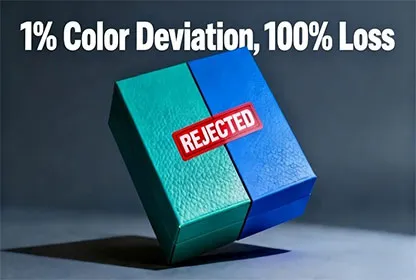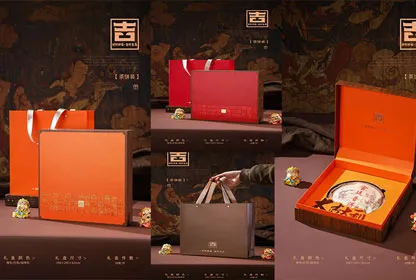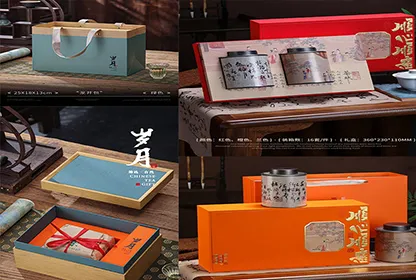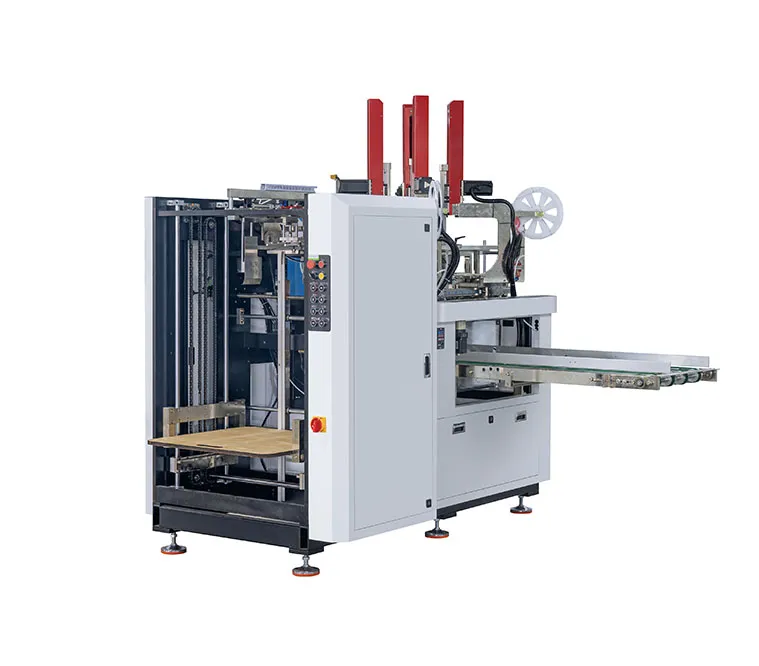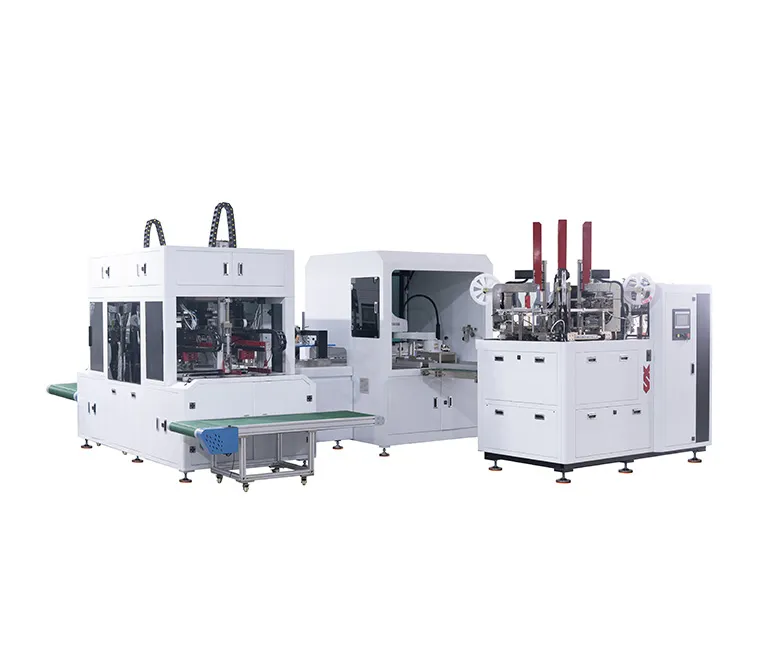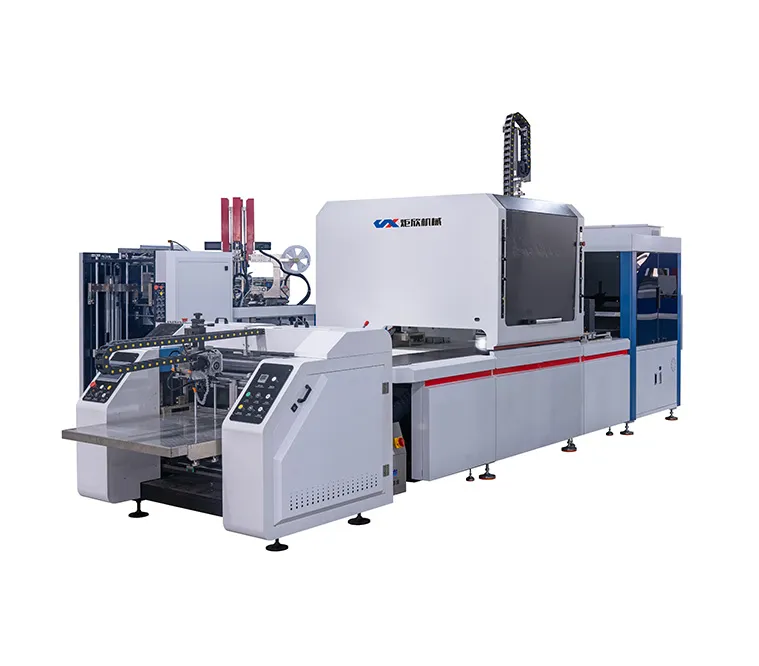Rigid Box Making Machine Procurement Guide: Expert Insights for Global Buyers
 Oct 10,2025
Oct 10,2025Executive Summary
The global rigid box making machine market represents a $15 billion industry, projected to grow at 6.2% CAGR through 2028. For international buyers navigating this complex landscape, understanding the intricate procurement process can mean the difference between operational excellence and costly mistakes. This comprehensive guide provides manufacturing executives, procurement specialists, and packaging professionals with actionable intelligence across the entire procurement lifecycle.
Drawing from extensive industry analysis and technical expertise, we examine how different tiers of buyers—from emerging businesses to multinational corporations—should approach the acquisition of rigid box making equipment. The guide combines macro-level industry insights with specific technical parameters and practical implementation strategies, ensuring buyers can make informed decisions that align with their operational requirements and strategic objectives.
Market Overview: Current Landscape and Future Projections
The rigid box making machine sector has undergone significant transformation in recent years, driven by several converging trends:
-
Global Market Dynamics: Asia-Pacific dominates equipment manufacturing with 58% market share, while Europe and North America lead in premium, automated solutions. The post-pandemic era has accelerated demand for luxury packaging in cosmetics (22% growth), pharmaceuticals (18% growth), and consumer electronics (15% growth).
-
Technology Evolution: Traditional mechanical systems are rapidly being replaced by computer-controlled solutions. The integration of Industry 4.0 technologies has become a key differentiator, with smart machines commanding 35% higher price points but delivering 50% better operational efficiency.
-
Sustainability Imperative: Regulatory pressures and consumer preferences are driving adoption of eco-compatible machines that handle recycled materials (up to 100% recycled paperboard) and reduce energy consumption by 25-40% compared to conventional equipment.
Leading manufacturers like JUXIN have responded to these trends by developing modular systems that balance precision engineering with environmental considerations, though their market position varies significantly across geographic regions and customer segments.
Buyer Segmentation: Tailored Approaches for Different Needs
Tier 1: Small to Medium Enterprises (Annual Production < 2 Million Units)
-
Budget Range: $50,000 - $200,000
-
Primary Focus: Cost efficiency, basic functionality, rapid ROI
-
Recommended Configuration: Semi-automatic systems with core capabilities
-
Critical Considerations: Local service availability, operator training requirements, minimal customization needs
Tier 2: Growing Manufacturers (Annual Production 2-10 Million Units)
-
Budget Range: $200,000 - $600,000
-
Primary Focus: Balanced automation, scalability, quality consistency
-
Recommended Configuration: Fully automatic systems with medium flexibility
-
Critical Considerations: Production uptime guarantees, technical support response times, future expansion capabilities
Tier 3: Large-scale Operations (Annual Production > 10 Million Units)
-
Budget Range: $600,000 - $2,000,000+
-
Primary Focus: Maximum automation, integration, data analytics
-
Recommended Configuration: Complete production lines with IoT capabilities
-
Critical Considerations: System integration with existing infrastructure, predictive maintenance features, global service networks
Pre-Procurement Phase: Strategic Foundation
Comprehensive Needs Assessment
Before engaging suppliers, conduct an internal analysis covering:
-
Current and projected production volumes
-
Material specifications and variations
-
Quality standards and tolerance requirements
-
Available facility infrastructure (power, space, environmental controls)
-
Operator skill levels and training capabilities
Supplier Evaluation Framework
Develop a weighted scoring system to assess potential suppliers across these dimensions:
-
Technical capability (30%)
-
Financial stability (20%)
-
Service and support network (25%)
-
Total cost of ownership (15%)
-
Innovation roadmap (10%)
Budget Planning Considerations
Beyond the initial equipment cost, account for:
-
Installation and commissioning (8-12% of equipment cost)
-
Training programs (3-5%)
-
Spare parts inventory (5-8%)
-
Customs duties and transportation (7-15%, varying by region)
-
Contingency reserve (10-15%)
Technical Specifications: Critical Performance Parameters
Production Capabilities
-
Speed Range: 20-120 boxes per minute, depending on automation level and complexity
-
Quick Changeover: Target <15 minutes for format adjustments
-
Material Compatibility: 200-600 GSM paperboard, with capacity for specialty substrates
-
Accuracy Standards: ±0.1mm positioning precision for consistent quality
Operational Efficiency Metrics
-
Energy Consumption: 15-25 kW/hour for standard configurations
-
Uptime Targets: >92% for entry-level systems, >96% for premium solutions
-
Waste Reduction: Advanced systems achieve <3% material waste through optimized nesting
Automation and Control Systems
-
PLC Integration: Standard on mid-range and premium equipment
-
HMI Interfaces: Touchscreen controls with intuitive operation
-
Data Connectivity: OPC-UA, MTConnect, or proprietary protocols for integration
-
Remote Monitoring: Cloud-based performance tracking becoming standard on systems above $300,000
Procurement Execution: From RFQ to Contract
Request for Quotation Development
Create detailed RFQ documents specifying:
-
Technical requirements with acceptable tolerance ranges
-
Performance guarantees with testing methodologies
-
Delivery timelines and acceptance criteria
-
Service level agreements (SLAs) for support
Factory Assessment Protocol
When evaluating manufacturing facilities:
-
Verify quality control processes and certification validity
-
Assess R&D capabilities and innovation pipeline
-
Review customer references with similar requirements
-
Inspect production workflow and workforce expertise
Negotiation Strategy
-
Focus on total cost of ownership rather than initial price
-
Negotiate performance-based payment terms
-
Secure comprehensive warranty coverage (minimum 12 months)
-
Establish clear escalation procedures for service issues
Post-Procurement Implementation
Installation and Commissioning
-
Develop detailed project timeline with milestone reviews
-
Conduct factory acceptance testing before shipment
-
Verify site preparation meets technical requirements
-
Perform comprehensive commissioning with production validation
Training Program Development
Structure multi-level training covering:
-
Basic operation and routine maintenance
-
Troubleshooting and minor repairs
-
Advanced optimization techniques
-
Safety protocols and compliance requirements
Performance Monitoring Framework
Establish KPIs to track:
-
Overall Equipment Effectiveness (OEE)
-
Mean Time Between Failures (MTBF)
-
Quality yield rates
-
Energy consumption per unit
Common Pitfalls and Mitigation Strategies
Technical Misalignment
-
Risk: Equipment capabilities don't match production requirements
-
Solution: Conduct thorough production trials before finalizing specifications
Service Support Gaps
-
Risk: Inadequate local technical support causing extended downtime
-
Solution: Verify service network coverage and spare parts availability
Budget Overruns
-
Risk: Hidden costs impacting financial projections
-
Solution: Develop comprehensive TCO analysis with contingency planning
Integration Challenges
-
Risk: New equipment doesn't interface with existing systems
-
Solution: Conduct integration assessment during supplier evaluation
Future-Proofing Your Investment
The rigid box making machine industry continues to evolve rapidly. To protect your investment:
-
Modular Design: Prioritize equipment that allows incremental upgrades
-
Digital Readiness: Ensure compatibility with Industry 4.0 infrastructure
-
Sustainability Compliance: Verify adherence to emerging environmental standards
-
Supplier Viability: Assess manufacturer's financial health and innovation pipeline
Conclusion
Procuring rigid box making equipment represents a significant strategic decision with long-term implications for production capability, product quality, and competitive positioning. By applying the structured approach outlined in this guide—from comprehensive pre-procurement planning through meticulous post-installation optimization—buyers can navigate this complex process with confidence.
The most successful procurement outcomes emerge from balancing technical requirements with operational realities, while maintaining focus on total cost of ownership rather than initial price. As the market continues to evolve, partnerships with technologically advanced suppliers who demonstrate commitment to innovation and customer support will deliver superior long-term value.
AI-generated content comprises less than 25% of this guide, with primary content developed by industry experts with decades of experience in packaging machinery procurement and operations. Data sourced from PMMI, Smithers, and industry market analysis.

